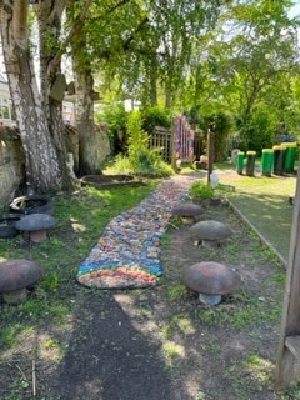Children shape biodiversity at village school
In January, Stanford in the Vale C of E Primary School were one of 20 schools to receive an RHS Sustainable Futures Grant. Read on to find out how the children are shaping biodiversity.
06 June 2023
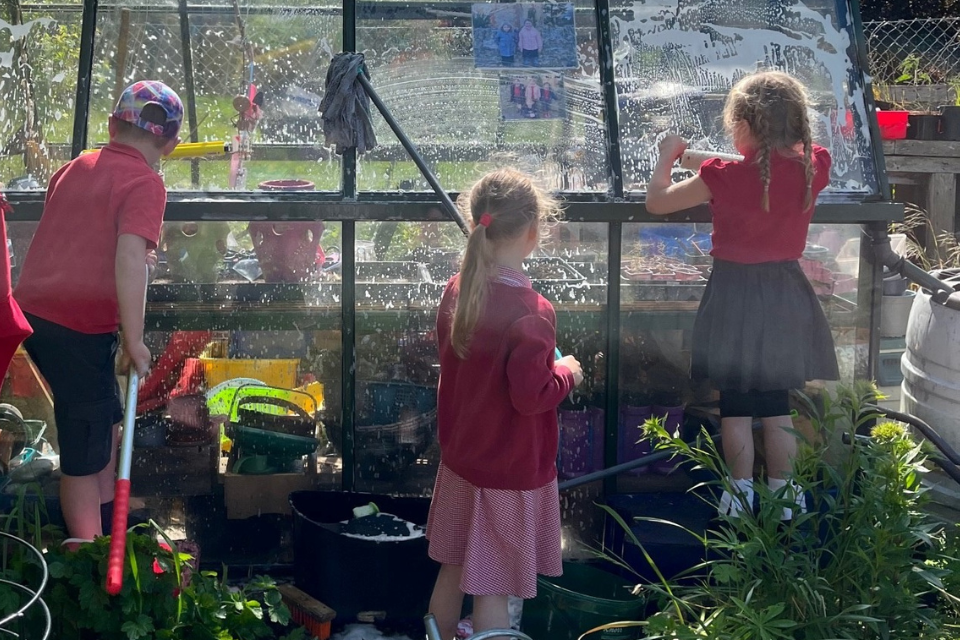
In January, Stanford in the Vale C of E Primary School were one of 20 schools to receive an RHS Sustainable Futures Grant.
Funding will enable this Oxfordshire village school to help preserve and increase biodiversity within its school grounds. There are also plans to improve healthy and sustainable eating within the school and to strengthen community links through gardening.
“Gardening club is run by the children for the children. We have 55 members and ownership belongs to the children. They identify challenges they want to address.”
- Sue Finney, Teaching Assistant and Forest School Lead, who facilitates the weekly gardening club sessions alongside volunteer Lynne Pendall, whose children and now grandchildren attend gardening club
Through school-wide conservation projects such as Big Garden Birdwatch and the Edina Trust Bulb Project the children noticed a decrease in biodiversity. Steps are now underway to address this.
Protecting local wildlife
The existing wildlife pond has been cleared and families attended a ground force working party weekend to help re-line it. The children researched the best materials to use and the depth of the pond and are investigating which plants to buy to support local wildlife. They are even looking into ladders for hedgehogs to ensure they have an easy way out. The pond was home to endangered crested newt, dragonfly and other aquatic species. The aim is to protect local wildlife for years to come.
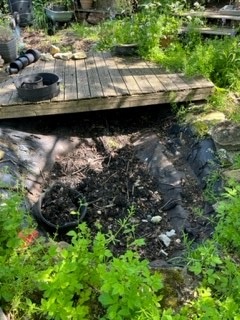
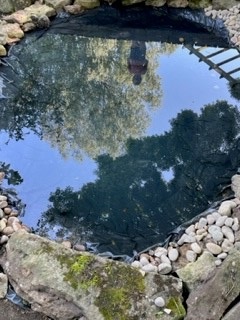
The school is in a rural location and the children encourage wildlife to its grounds with hedgehog homes and bird and bat boxes.
A respect for nature
The importance of getting children outdoors and the benefits to physical and mental wellbeing is recognised by the whole school community – staff, students and parents.
The children love getting stuck in, finding worms in the compost heap, using the tools, feeding the chickens, playing in the willow dome, working together to sow seeds in the greenhouse, spotting baby hedgehogs.
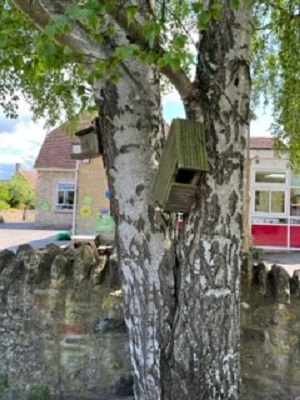
“Being outdoors gives a respect for nature and the seasons. Our children are very committed, often giving up lunchtimes, and coming in over the summer holidays, to water and tend to the plants.”
- Sue Finney, Teaching Assistant and Forest School Lead
The students also plan to grow their own produce to encourage pollinators, reduce air miles and the school’s carbon footprint. Families have felt the impact of increased food prices so by growing produce at school the hope is that children will then feel empowered to continue this at home.
The club has made a start by clearing an overgrown area and planting apple, pear and plum trees. The aim is to share produce with residents from a local care home and engage them in gardening projects such as harvest festival and jam and soup making.
The school’s gardening club has been running for more than 20 years and has achieved Level 5 in the Campaign’s School Gardening Awards. Watch this space for updates on these latest gardening initiatives.
To find out more about encouraging wildlife to your school garden take a look at this resource sheet. The RHS website also offers key tips on wildlife ponds. Edina Trust is currently offering grants to schools in some parts of the UK - find out more here.
